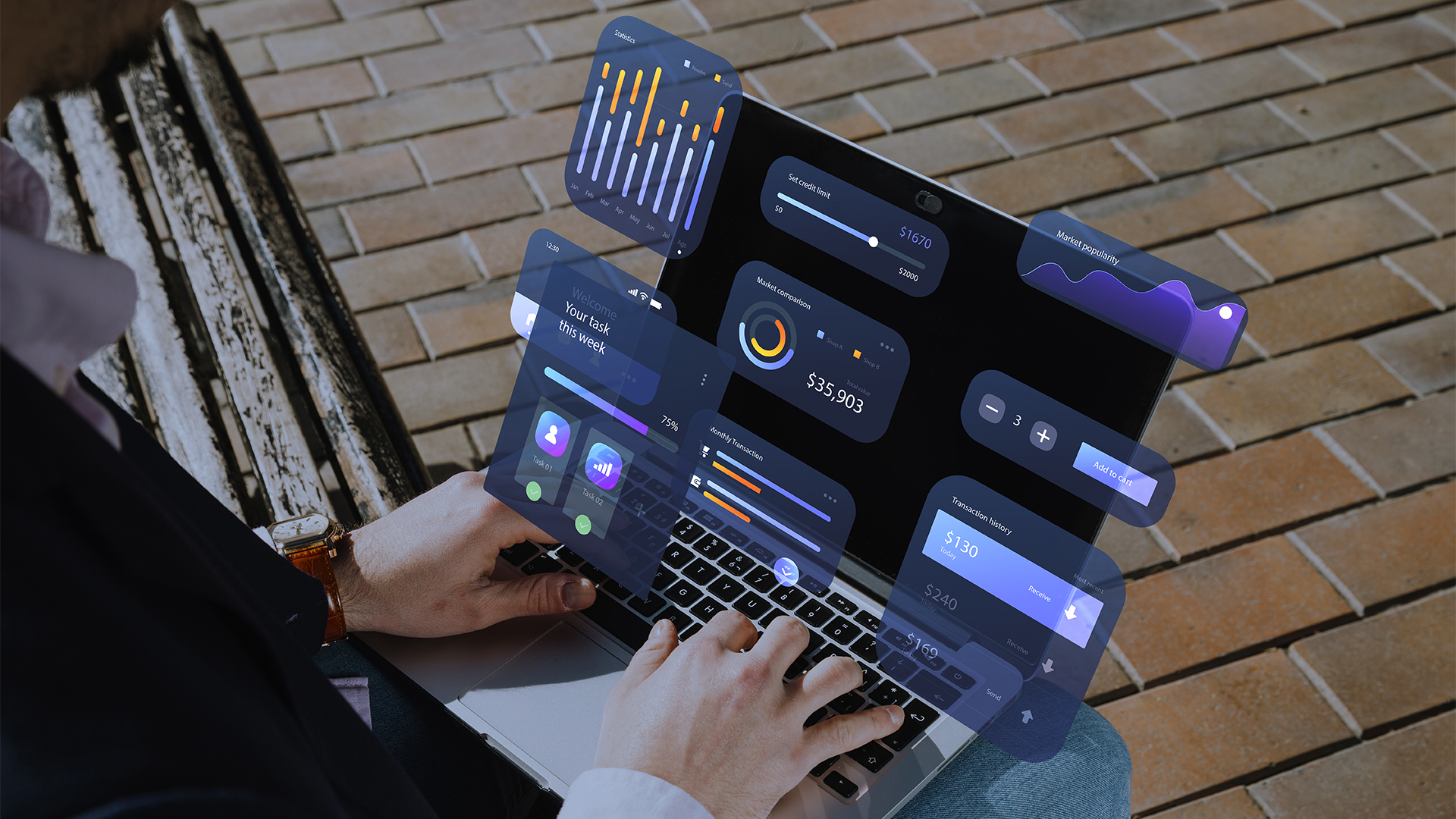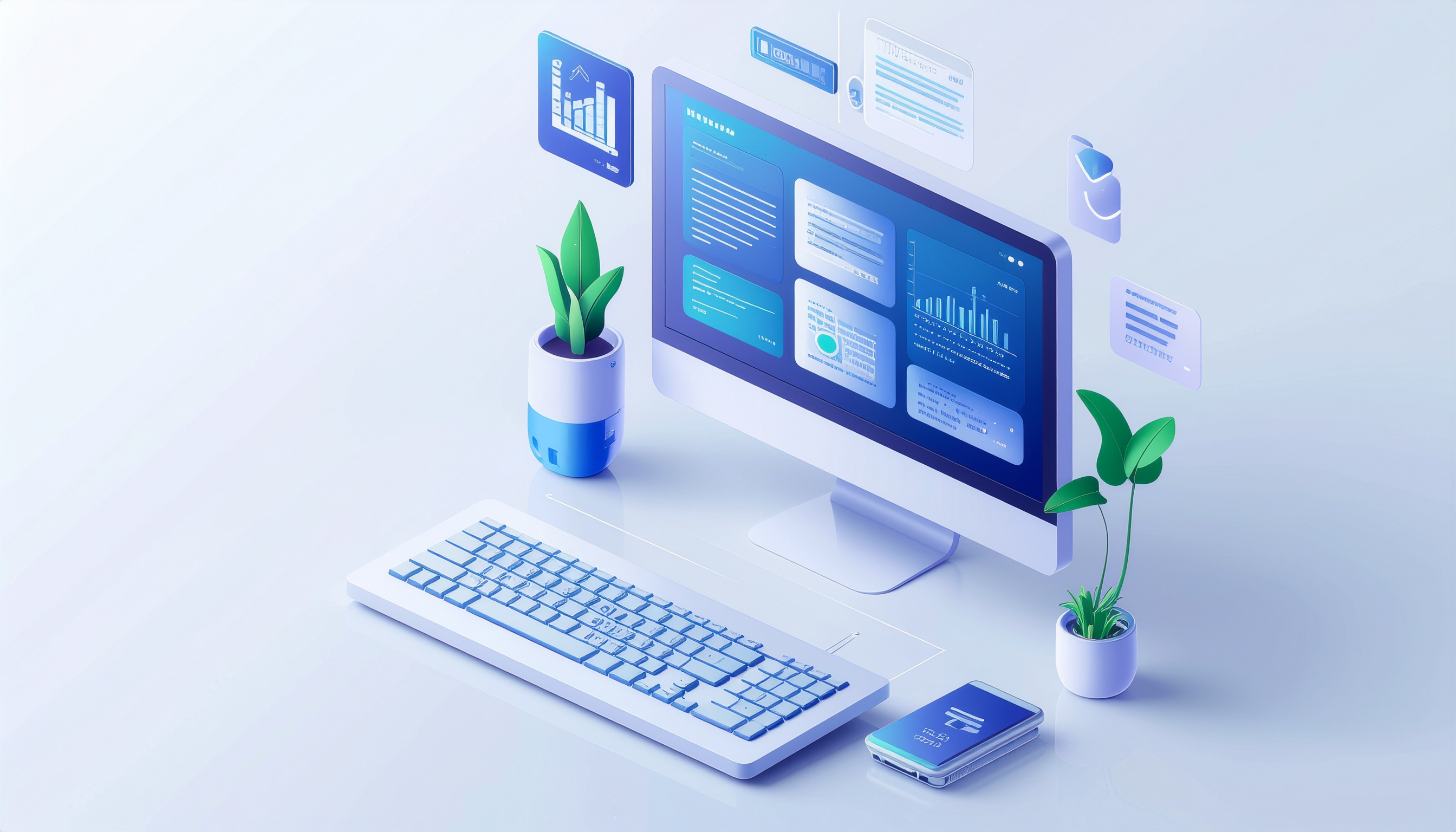Digital Commerce - Full-stack vs Headless Platforms: Make the best decision for your company.

In the dynamic and ever evolving e-commerce industry, choosing the right platform is essential for the success of any company. Two common approaches in the market are full-stack platforms and Headless SaaS platforms. In this note, we'll explore in depth what they are, how they work, and the key differences between them, to help you make an informed decision by improving your e-commerce processes and technology.
Full-Stack E-Commerce Platforms: A Comprehensive View
Full-stack platforms provide a comprehensive approach to e-commerce, offering a complete set of tools and features integrated into a single solution. From product management to payment processing and performance optimization, these platforms seek to provide everything needed to run an online store without the need for external integrations.
How They Work:
Full-stack platforms usually have a monolithic architecture, where all components are integrated into a single system. This makes it easy to deploy and manage, as all features are designed to work together from the start.
Pros:
- Simplicity of Implementation: With everything in one place, deployment is faster and easier.
- Integrated Support: Built as complete solutions, they offer native support for most of the required functionality.
Cons:
- Limited Flexibility: They may lack the necessary flexibility to adapt to specific needs.
- Restricted Scalability: As your business grows, it can be difficult to scale the platform to meet new demands.
Headless SaaS Platforms: Decoupling Customer Experience and Backend Functionality
Headless platforms take a modular approach, decoupling the presentation layer (frontend) from business logic and data management (backend). This allows for greater flexibility and customization, since your company can choose the best solutions for each component.
How They Work:
The Headless architecture aligns perfectly with MACH (Microservices, API-first, Cloud-native, Headless) principles. This synergy enhances agility, facilitates the integration of specialized services and promotes the independence of components, building a resilient and efficient technological infrastructure.
Pros:
- Flexibility: Various tools and services can be used for each function, allowing for advanced customization.
- Scalability: Companies can scale specific components as needed, without affecting other aspects of the operation.
Cons:
- Implementation Complexity: The implementation may be more complex due to the need to integrate multiple services.
- Possible Developer Dependency: It may require more advanced technical skills to manage the variety of services.
Ultimately, the choice between a full-stack and a Headless platform will depend on the specific needs and goals of each company. Those looking for a quick, ready-to-use solution can opt for full-stack, while those looking for advanced customization and scalability can find the answer in Headless.
Each approach has its advantages and challenges, but by understanding the key differences, your company can make informed decisions to improve its e-commerce processes and technology.
Contact us to discuss how our team
can boost your digital commerce.
Notas Relacionadas

We build trust with every line of code: our path to ISO 27001:2022 certification
15/8/2025
Business Development
The Product Owner as a Strategic Link Between Business and Technology in eCommerce
3/6/2025
Business Development
Checklist for launching an eCommerce store: Everything you need before you start
15/5/2025
Business Development
Assertive Communication Between Agile Teams: Fostering Collaboration and Success
10/10/2024
Business Development
Introduction to Microfrontends: Decomposing the Complexity of Web Applications
17/7/2024
Business Development
Optimizing SUCCESS: The Importance of Performance Monitoring and Analysis in eCommerce Platforms
17/4/2024
Business Development
How to Create a Successful Business Case for the Migration of Your E-Commerce Platform
11/3/2024
Business Development
Agile Methodology: An Approach That Reduces the “Pain” of an Implementation
7/2/2024
Business DevelopmentContact us to discuss how our team
can boost your digital commerce.




















